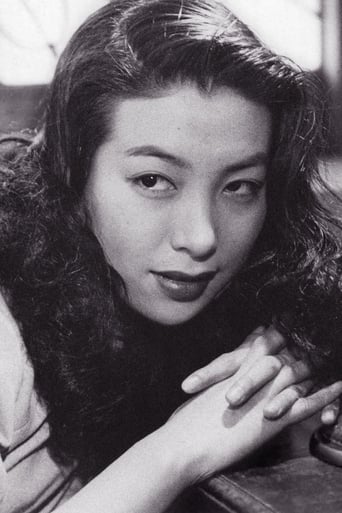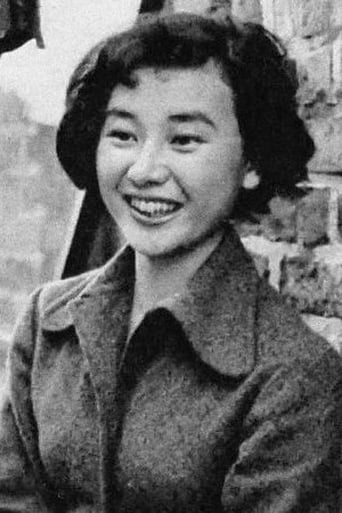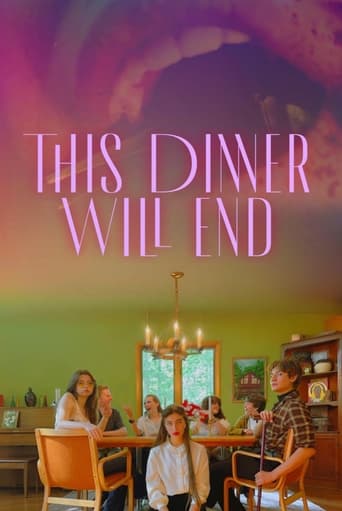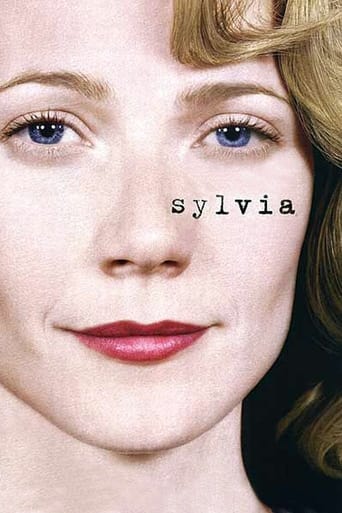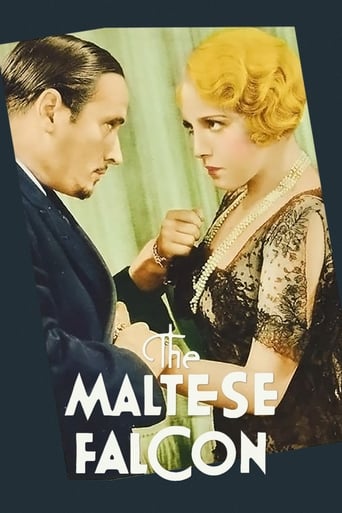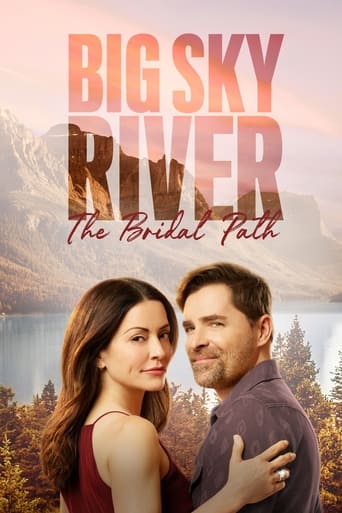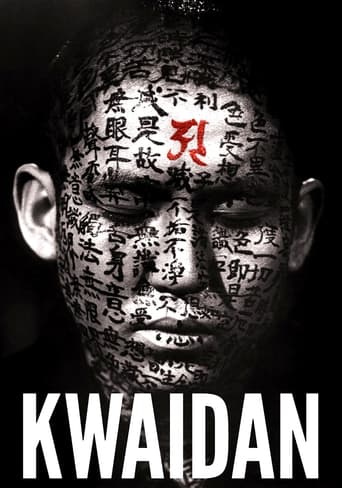
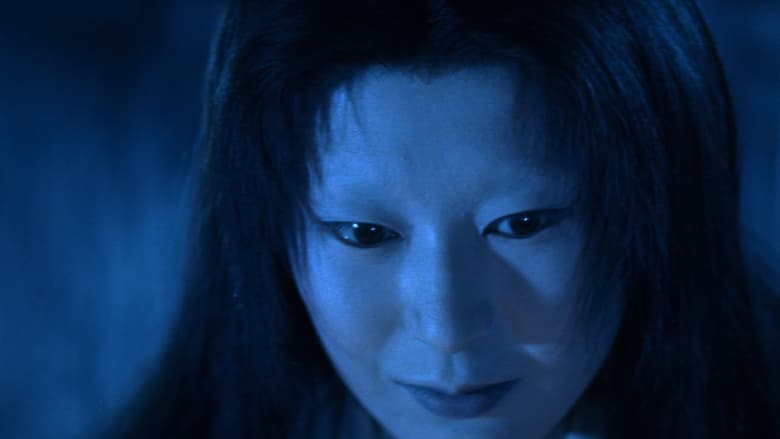
Kwaidan (1965)
Taking its title from an archaic Japanese word meaning "ghost story," this anthology adapts four folk tales. A penniless samurai marries for money with tragic results. A man stranded in a blizzard is saved by Yuki the Snow Maiden, but his rescue comes at a cost. Blind musician Hoichi is forced to perform for an audience of ghosts. An author relates the story of a samurai who sees another warrior's reflection in his teacup.
Watch Trailer
Cast


Similar titles
Reviews
Prior to 'Kwaidan', the only other Kobayashi films that I had seen are the masterpiece 'Harakiri' and the really good 'Samurai Rebellion'. Both these films had a very tangible anti-establishment vibe to them with a strong criticism of the rigid Japanese social structure. 'Kwaidan' on the other hand is very different. This is an anthology comprising of four Japanese supernatural folktales.Unlike the social commentary in his other films, 'Kwaidan' is more of an exercise in style. Not that the other films weren't stylish, but the formal elements in 'Kwaidan' are much more prominent. Every frame of the film has a sense of meticulousness. There is a surgical precision with which Kobayashi uses the camera movements, the lighting and the colour palette which very much reminded me of similar beautiful images in the films of Zhang Yimou. There is a clear attempt made to make the frames of the film resemble the medieval Japanese narrative scrolls as all the stories in the film involve the thematic element of the past making its presence felt in the present. The use of sound and music has to be particularly admired, because the sound design constantly breaks conventions of simulating realism and thereby helps the film to drift away from the realms of realism and shift to the realms of mysticism/spiritualism.Since, 'Kwaidan' is an anthology of short stories, it lacks the character development and emotional resonance that Harakiri achieves so devastatingly. But despite that, I think the sheer sensual beauty of 'Kwaidan' makes it an essential watch. This is a visual tour de force.
Four ghost stories are told based on Japanese folklore.The Good Stor(ies): The Woman in the Snow-In the Musashi Province, two woodcutters manage to become trapped in the forest during a furious snowstorm. Coming upon a wooden shelter in the middle, they encounter a strange woman who immediately threatens them to leave. When he leaves and manages to marry years later and start a life together, he gradually begins to think she has something in common with the mystery woman. This was a flawed, but surely the best effort here. The atmosphere in the beginning through the forest is outstanding, as the howling wind and falling snow are an outstanding building block for a creepy setting, and with the continuous shots of eyes appearing in the sky are just unnerving. The scenes in the hut are just as good, chilling and creepy due to the presence of the figure as well as the blue filter which is a great fit. Though the revelation scene could've been great had the threat been capitalized on due to the earlier warning, the rest isn't as good. It's very talky rather than actually showing anything, and with the fact that it doesn't follow through on the threat makes it a big fail. As well, the early scenes with the eyes are terrible-looking and quite fake, appearing like the painting they really are while the forest itself looks exactly like the sound-stage set it is rather than a dense forest. However, the atmosphere here raises itself up.In a Cup of Tea-Visiting a temple, a lord is alarmed at seeing a stranger's ghostly face in every water bowl he tries, despite no one else being able to. That night, the ghost appears again but disappears before anyone else can find him. Desperate to find out his true intentions, he sends his guards to raid the area in an effort to find him, but all alone, he is able to discover the shocking reason for the supernatural visitations. While this one is indeed heavily talky at times and features a rather lame opening, this one picks up incredibly well. The tactic of appearing in the water bowl is ingenious, the dialogue is threatening with a hint of innocence behind them which manage to make it even more ominous, and then the ghostly-action is great. Appearing anywhere and everywhere, from behind objects and in the middle of rooms quite easily, being able to walk through walls and such similar ideas are fantastic and make them appear all the better. That we get some suspenseful parts through the guards' searches of the area is just great, and is mixed in nicely with some action in the form of some nice sword-fights. It just loses some points for the lame reasoning behind the visitations, which is quite obvious once it's revealed despite being set-up as a big shocking surprise before the reveal, and for its rather talky opening that plays like most of the others here.The Bad Stor(ies): The Black Hair-Dissatisfied by his lifestyle, a samurai divorces his poor wife and leaves the city, looking for a new home. Meeting a new wife, he continues to experience haunting visions of his first wife, getting to the point where he eventually returns to her, only for a drastic curse to affect them both. This was incredibly underwhelming, and is mainly used by its fairly lengthy and boring intro. As the two are involved in a rather beautiful love story, it's just not that interesting as a horror film. The scenes of the two talking about their relationship, as well as of his second wife, are just plain boring to watch, and with the series of completely silent sequences thrown in, it's a little bit of a downer. The skeleton reveal and the battle with the hair are first-rate, if somewhat tame scares, but because there's no explanation for anything, it ultimately suffers overall.Hoichi, The Earless-Living in a monastery, a blind musician finds himself sent to visit a nearby temple to meditate after acting up. While there, a samurai approaches and offers to take him to meet his master due to his reputation as a master teller of a famous battle between two samurai clans hundreds of years ago. As the others at the monastery worry about him going out at nights, he reluctantly tells of his experiences and finds something far more sinister going on at the temple. This one is such a mixed affair that it's nearly impossible to rate. That it opens with a protracted, high-energy sword fight that is a lot of fun through its choreography and tactics, as well as the violence, is tempered drastically due to the soundless action and cartoon images it throws in during the whole sequence which lasts a good half-hour. The middle is just a waste, featuring a solid build-up to a fantastic element brought up in the story but comes with no pay-off, and while the ending is violent and creepy for its insane images and concept, the muted soundtrack again hurts the effectiveness of this one. Only the trek through the rain-swept forest survives here, as the length, due to the opening battle, is the final fault in this one. Had it fixed a few problems and put some sound in a few times, it would've ranked higher.Rated R: Graphic Violence.
"Stylish... no substance". "Predictable plot". "Boring stories". "Lack of dramatic elements". "The tales are unrelated".As if movies were drama (or literature) with a camera...As if movies were to be "understood", instead of be experienced...Kwaidan is vibrant aesthetic expression, colors, camera movements, angles, edition, sound, music, set, makeup, costumes, all skilfully crafted to produce sensations---horror, suspense, curiosity, surprise, discomfort, even laughter. In this sense Kwaidan fully delivers. A "moving picture" indeed that makes the most of its proper language and form---"pure cinema" in words of Hitchcock, the "cinematography" of Bresson. Some reviewers seem to be missing the party, to focus on "the plot" is perhaps to miss the whole point. "Realistic, character-driven, complex plot" is just one option for judging a film, the most inadequate perhaps (such elements are surely best delivered through a book or a play, by far...).And nevertheless, Kwaidan's "plot" is also able to speak for itself. A common theme across the four tales is "how to tell (film) a story about storytelling", a Borgesian mirror (the real horror) that is fully exposed in the 4th tale in which the storyteller leaves the story unfinished apparently because of the very same type of ghost that he was writing (filming?) about... It is Kobayashi's disclaimer (and hint) about film and fiction: the author (director) is trapped in its own convention (medium) jointly constructed with the audience---as Borges put it: "Films are even stranger than theater, for what we are seeing are not disguised people but photographs of disguised people, and yet we believe them while the film is being shown".Kwaidan is cinematography---pure cinema---a beautiful film to be experienced. If you want "a plot to understand", "to scream", or just "to be entertained", look elsewhere.
I really don't like classic Hollywood horror movies, with their slow build ups and loud music mostly because I have seen many horror movies and I can predict what is going to happen in most cases which takes out the suspense and I hate the loud music of those movie. But this one is an exception. It helped a lot that it was a Japanese movie so everything still felt fresh. It is very atmospheric and cinematography is amazing. Though I sometimes wished that they had a bigger budget so that they could shoot some scenes on location rather than in a studio, the film really escapes the limits of budget. There are many surreal scenes which you cannot imagine being any better with bigger budget.Kwaidan is collection of four stories and as is the case for many of this type of films, I loved the first two stories much more than the last two. Third story runs a little long and some scenes are redundant. It may have been good pacing by standards of 1964 but now it seemed a little slow. Still a very good movie overall with some really good atmosphere. They have made a very creative use of available resources and the movie is not even a bit dated.


